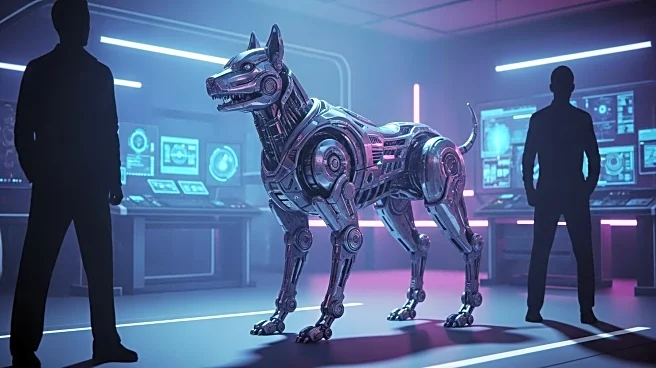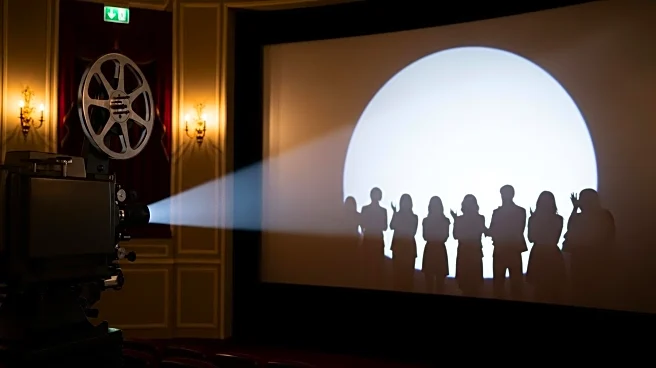What is the story about?
What's Happening?
French director Cédric Jimenez is set to release 'Dog 51', a sci-fi thriller that pits real actors against AI in a dystopian future. The film, adapted from a French bestseller, imagines a divided Paris controlled by a predictive AI system, ALMA. The story follows agents as they uncover dark secrets within the system. Jimenez emphasizes the importance of working with real actors, despite the film's AI elements. 'Dog 51' will premiere at the Venice Film Festival and be released across multiple territories.
Why It's Important?
Jimenez's film highlights the growing intersection of AI and cinema, raising questions about the role of technology in storytelling. By choosing to work with real actors, Jimenez underscores the value of human performance in an era increasingly dominated by digital effects. This approach may influence future filmmakers to balance technological advancements with traditional acting, preserving the authenticity of human expression in film. The film's exploration of AI as a narrative device also reflects broader societal concerns about technology's impact on human roles.
What's Next?
Following its premiere at the Venice Film Festival, 'Dog 51' will be released in various countries, potentially sparking discussions about AI's role in cinema. Jimenez's commitment to real actors may inspire other directors to prioritize human elements in their films, even as technology continues to evolve. The film's narrative could also lead to further exploration of AI's ethical implications in storytelling, influencing how filmmakers integrate technology into their creative processes.
Beyond the Headlines
The film's portrayal of AI as a character rather than a tool challenges traditional narrative structures, offering a unique perspective on technology's role in society. This approach may encourage filmmakers to explore AI's potential as a narrative device, pushing the boundaries of storytelling. Additionally, the film's depiction of a divided Paris reflects real-world social issues, prompting audiences to consider the implications of technological control in urban environments.
AI Generated Content
Do you find this article useful?














